
Who says the roadster is dead? Volume manufacturers like Audi, Mercedes, and BMW are gradually backing away from their relationship with open two-seaters but boutique maker Morgan is taking up the slack.
The UK-based manufacturer Morgan is deliberately bucking the trend and remaining loyal to open-air culture. After all, the British have been building open cars like these for over 100 years. Only a handful were designed to carry more than two people and nearly all of them were open to the skies.
Yes the word tradition is writ large in Malvern. It's no coincidence that even the new models, with their separate headlights, sweeping mudguards, and yacht-like rear ends, look like classic cars from the 1930s.
This applies to the Super 3 and the Plus Four, and even more so to the new Supersport, which will move to the top of the model range this summer with prices starting at $126,700.
Admittedly the British don't want to upset all those petrol-heads who appreciate a dignified pallor and prefer to drive with some protection from the blazing sun.
So the open two-seater is available with a hardtop as an alternative to the fabric soft top, which can be removed with four screws or swapped for the fabric hood so that you can still enjoy the fresh air.
Like all Morgans, the Supersport is largely handcrafted at Pickersleigh Road using custom-made aluminium sheets hammered into shape over an ash wood frame. That's why it can take up to five months to produce a car. And in the redbrick workshops three hours north of London, only around 700 cars are completed each year.
Yet make no mistake, everything inside this old-school shell is cutting edge, because it comes from BMW in Munich. That means the chassis, the eight-speed automatic transmission, and, most importantly, the lusty three-litre six-cylinder turbo engine which is familiar from the stock BMW Z4.
Even though they look similar under the bonnet and there are even a few shared parts in the cockpit, the two cars could not be more different. Not only are the Morgan and Z4 many decades apart in design terms, but their driving characteristics are also in no way comparable.
Naturally, both are faster and more powerful than you will ever need for everyday driving. With its 250 kW/340 hp and 500 Nm, the Morgan accelerates from 0 to 100 km/h in just 3.9 seconds and reaches a top speed of 267 km/h, despite weighing less than 1,200 kg.
But while in the BMW you quickly become a passenger at the wheel and find yourself muttering about all the digital gubbins, the Morgan offers pure driving pleasure.
With the seat of your pants just above the asphalt and the wind rushing through your hair, driver and vehicle become one. The Morgan pilot feels as if he or she is steering the rear-wheel drive car almost with mindpower instead of arm muscles.
No sooner do you see a curve and the car is already around it. And if you tick all the boxes when buying and pull out all the stops on the road with the Spartan coil-over suspension, you can even feel the markings on the road surface. You can also steer by pumping the accelerator pedal thanks to the rear axle limited-slip differential.
Put simply, a limited-slip differential ensures that more torque is transferred to the rear wheel on the outside of the curve when you accelerate harder in a bend. This can make it easier for the car to turn into the curve – in other words, the accelerator pedal is used to steer.
Sure, a long trip in the Morgan will leave you feeling as exhausted as if you had just run a marathon. Yet the Sunday morning spin has never been more satisfying and after two sprints and a couple of hairpin turns, the adrenaline flushes every last bit of fatigue from your body.
The controls are just as analogue as the driving experience. Not only are you surrounded by wool, natural leather, genuine wood, and aluminium instead of synthetic fibres of any kind, felt made from fishing nets, or vegan leather substitutes, but there are also no sensor fields, voice control, or touchscreens anywhere to be seen.
Instead, the digital display, which is apparently indispensable for all manner of indicator lights, is hidden away behind the steering wheel.
The modern buttons for it are concealed under the dashboard, and the cockpit is dotted with just a few almost-antique push buttons. The three windscreen wipers are short rubber stubs on chrome fingers, windows are not raised electrically, but moved by hand or removed entirely.
The soft top is thrown back using the long arm, and the hardness of the seat is adjusted using a hand pump. There are two air cushions in the seat, which are inflated using a rubber ball. Welcome to the good old days of the automobile. Except that there is now a hidden Bluetooth speaker and LED lights shine from the frog eyes.
With a unique combination of classic car design and modern technology, Morgan also offers the timeless fun of driving for its own sake which will act as antidote to the utility of electric cars and will probably still be around long after they are gone.
Specification: Morgan Supersport
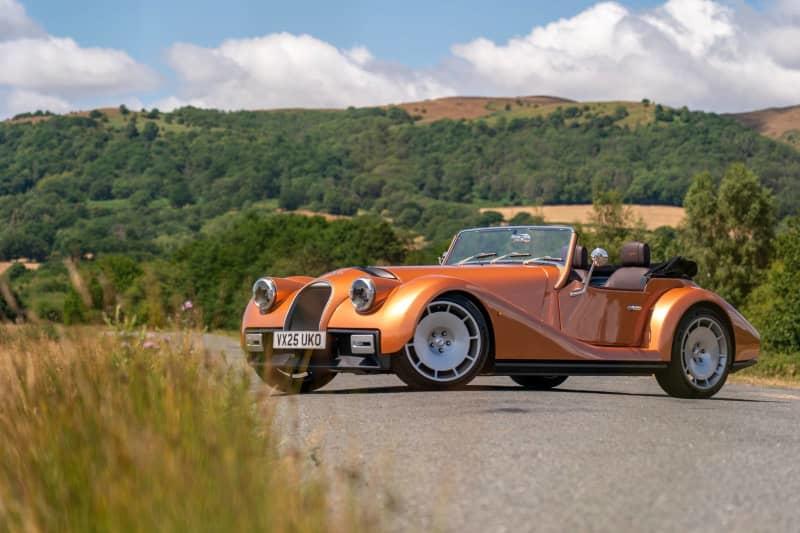
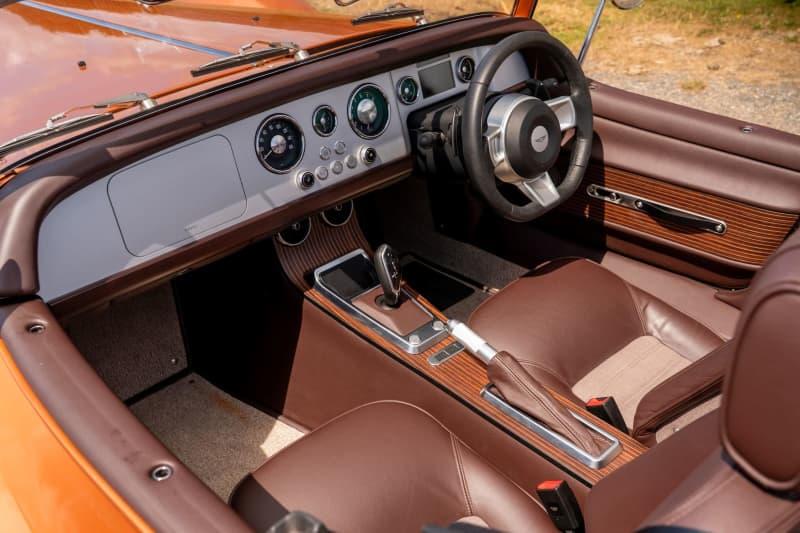
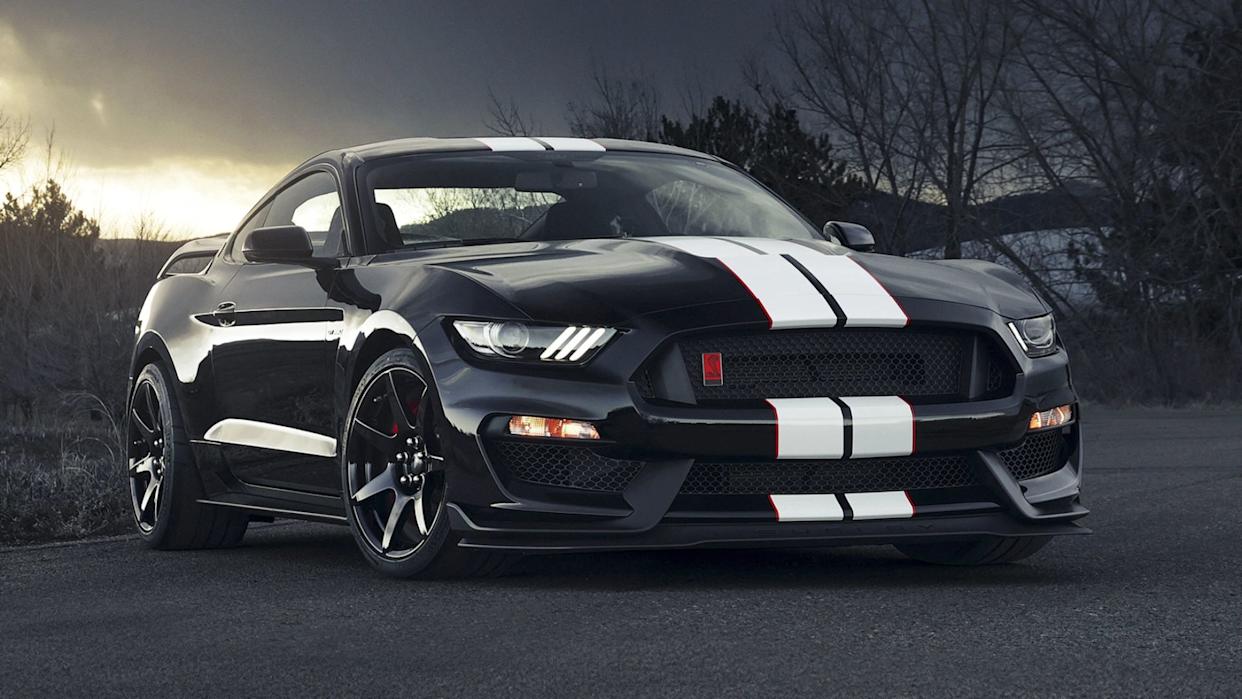

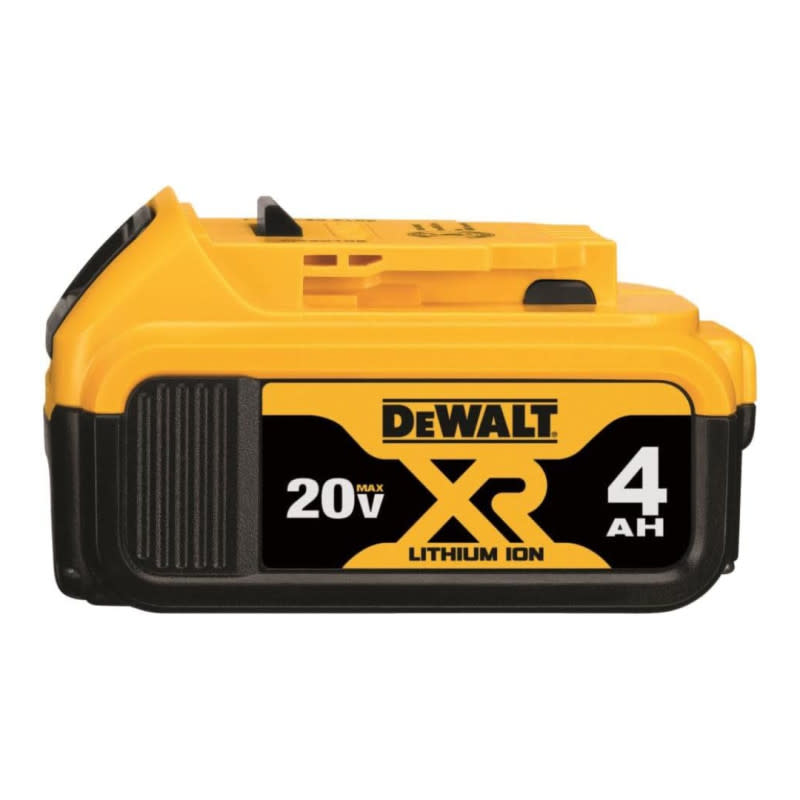
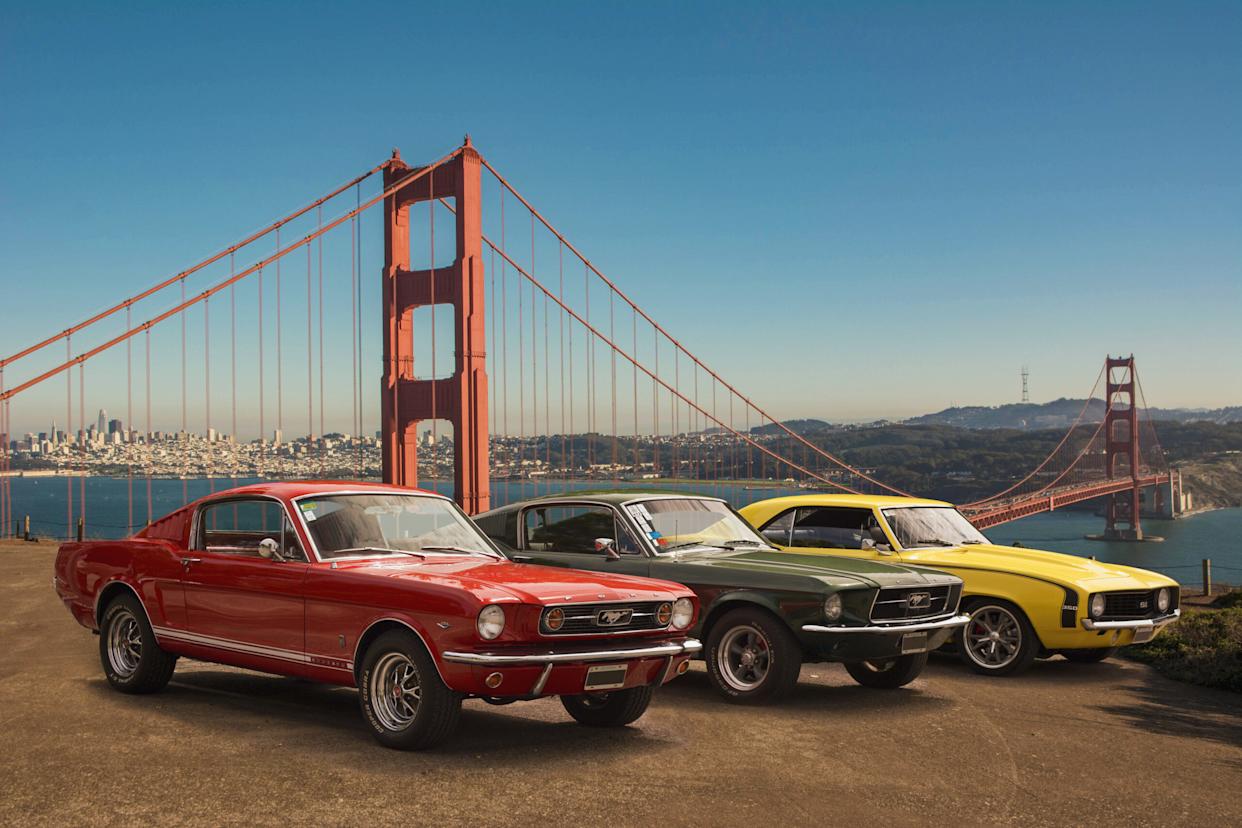
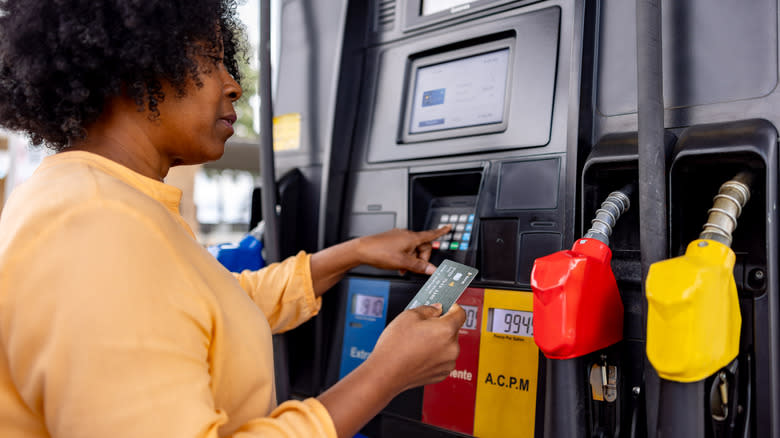

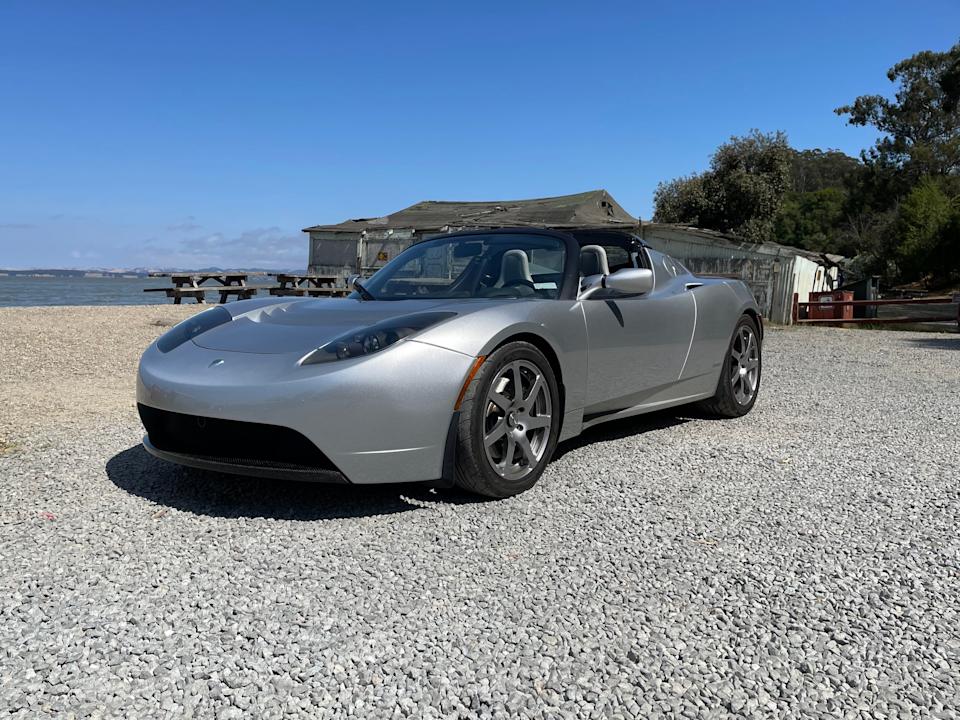
Comments